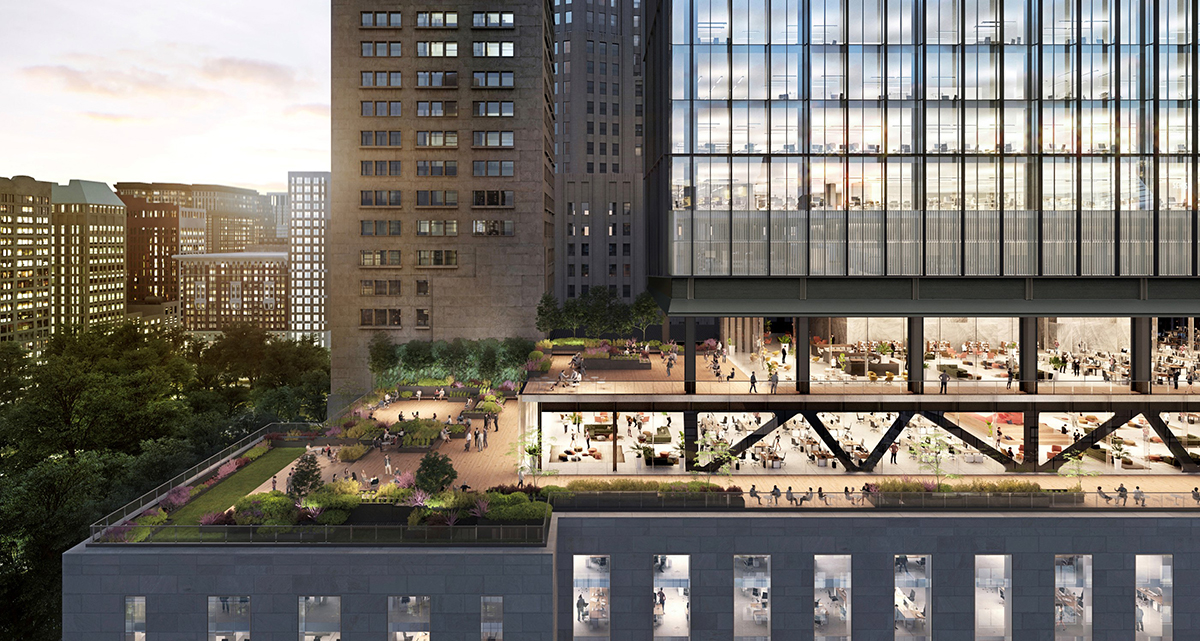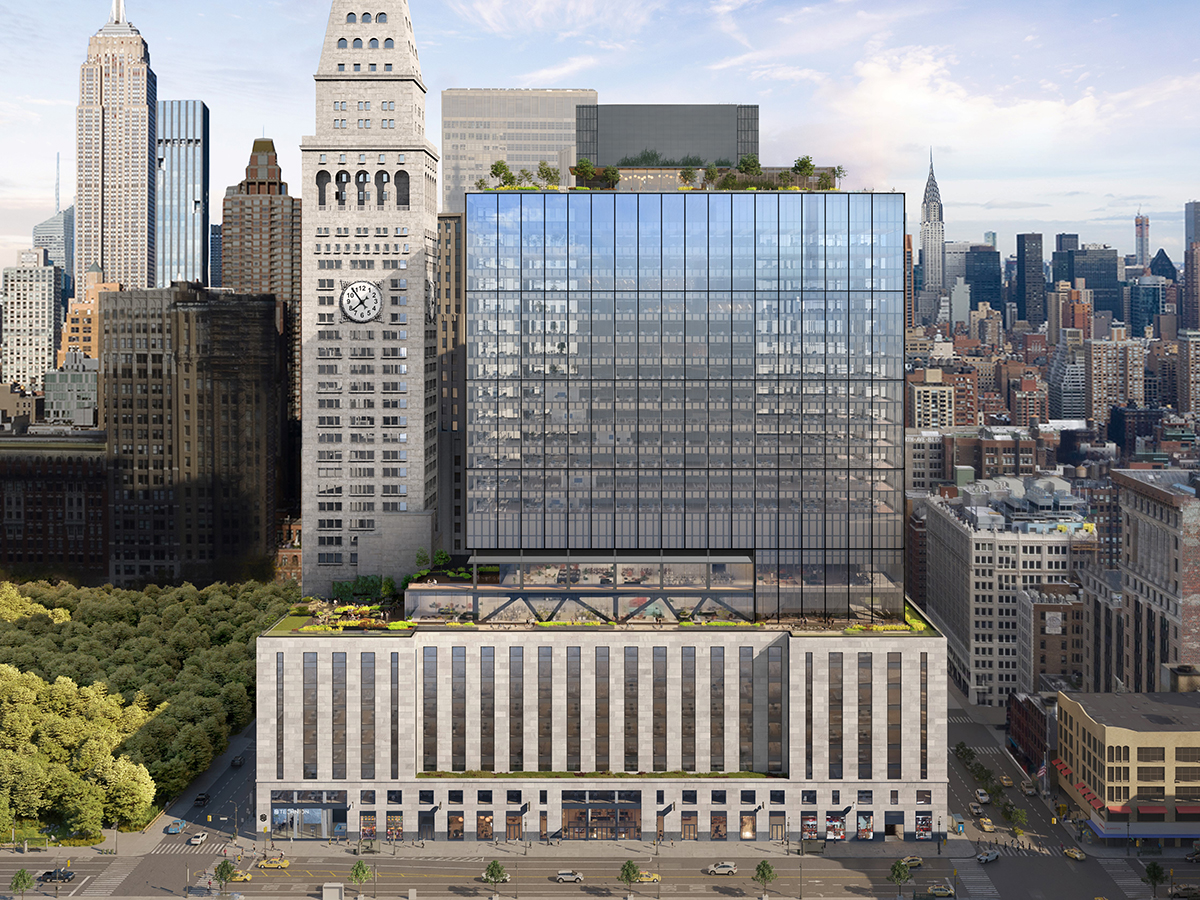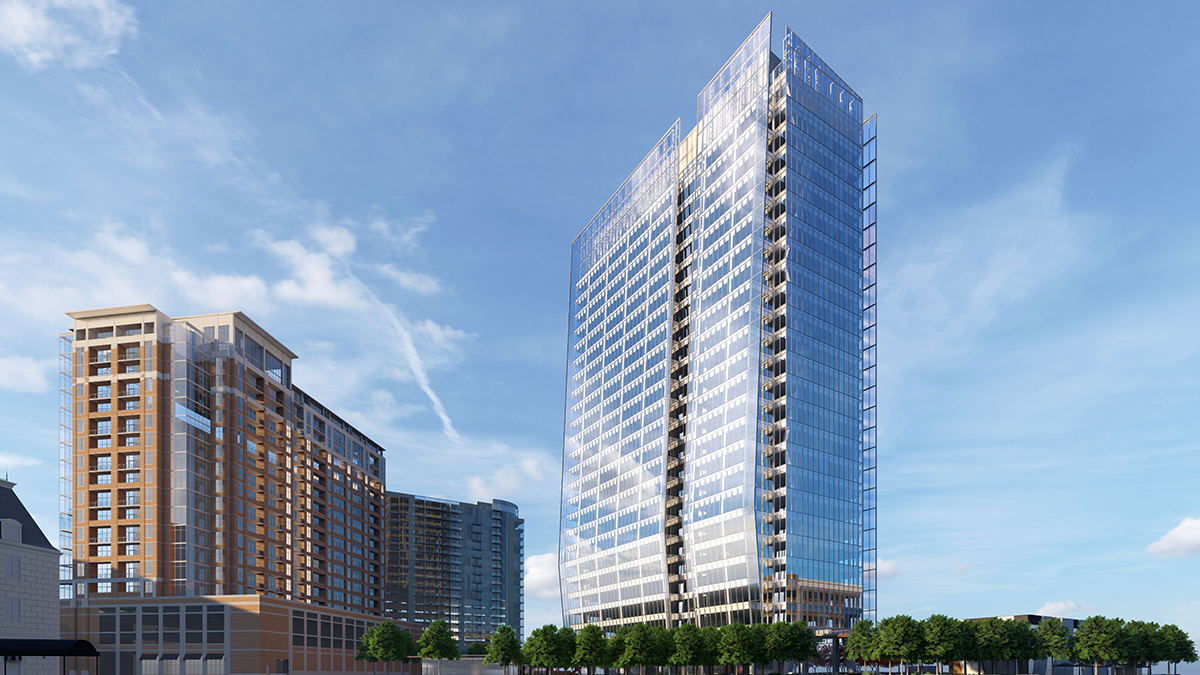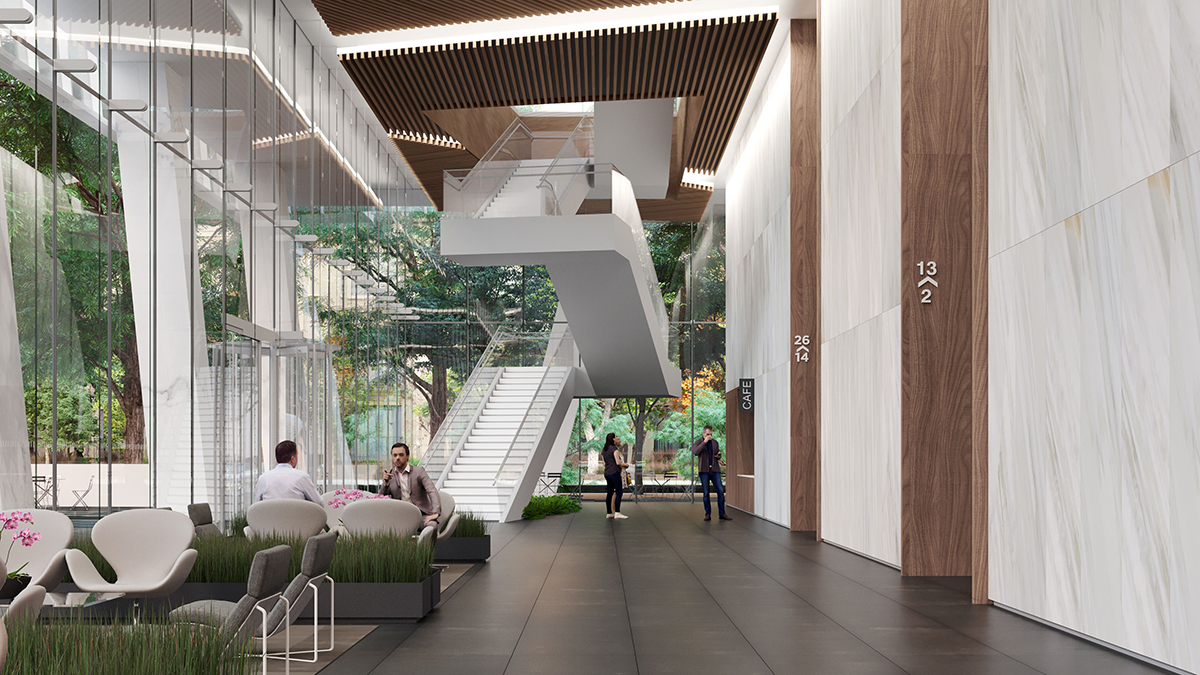Commercial Banks Stay Competitive Yet Cautious in CRE
Despite economic uncertainties, banks forge ahead in the still-heated lending arena.
With so many lenders vying for commercial real estate deals, commercial banks have had to become more flexible and offer financing structures that match their rivals.
KeyBank, for example, offers financing packages that are similar to those touted by private equity firms and life insurance companies. That includes balance sheet and off-balance sheet products, according to Andrew Lucca, executive vice president of KeyBank Real Estate Capital.
In addition, it often places deals with these shops depending on the needs of their clients.
Investors are pouring money into real estate as a hedge against inflation and an alternative to low bond yields. Meanwhile, other investors are looking to cash in before rising interest rates pressure cap rates. Commercial banks are ready and willing to finance a fair share of those deals.
“There is a lot of capital and a lot of motivated sellers,” explained Gregg Gerken, executive vice president and head of commercial real estate at TD Bank. “Everything is for sale at the right price across gamut.”
The fight for market share
Banks are encountering heated competition at a time when CBRE forecasts 10 percent year-over-year increase in commercial real estate investment in 2022.
“We are seeing an avalanche of capital flow into the market from U.S. and global institutional investors, private equity funds and insurance companies,” remarked Michael Riccio, senior managing director of debt and structured finance at CBRE.
That means growing competition for banks from investment banks, private equity firms, and insurance companies.
The availability of capital and the search for yield has become so heated, Gerken noted, that debt funds are now willing to take a lower return to win business.
“Their spreads used to be 400 basis points, and now it’s down to between 150 to 200 basis points,” he said.
CBRE’s fourth quarter 2021 survey offers a snapshot of how market share in the commercial real estate loan market is shifting.
The survey, an analysis of CBRE’s total originations, revealed that banks were the second-most active lending group during the fourth quarter, increasing their share of non-agency lending volume to 29 percent up from 24.5 percent from a year earlier. Bridge loans accounted for 38.5 percent of banks’ lending volume, while permanent loans accounted for 35 percent and construction loans 21 percent.
Alternative lenders such as debt funds and mortgage REITs, held the largest share of non-agency loan closings in the fourth quarter of 2021 at 37.7 percent.
Life insurance companies’ share of commercial mortgage closings fell to 14.8 percent in the fourth quarter from 20.2 percent in the third quarter of 2021ies.
CMBS originations accounted for 18.5 percent of total lending in the fourth quarter, 2021 up from 10.5 percent during the same time last year.
Fuel for Growth
What are the drivers that will continue to fuel commercial real estate lending this year? According to Lucca, you can expect to see more acquisition activity as sellers worry about the economy and asset values.
“People realize they may be able to get the best value if they sell now since valuations are at historic highs and interest rates are still low,” he explained.
The most active sectors for commercial banks–and for investors–will continue to be industrial and multifamily due to strong demand and income growth.
“We see no signs of a slowdown in these two favored asset classes,” noted Al Brooks, head of commercial real estate for JPMorgan Chase.
The value equation for investors in these property types has helped stymie big moves in cap rates.
“It’s like a tale of two cities,” Riccio pointed out. “On the institutional side, there has been no change in cap rates. But for small equity transactions of less than $10 million that usually use more debt for leverage, borrowing rates are a little higher.”

One Madison Avenue a skyscraper under re-development near Madison Square Park in New York City. Photo courtesy of SL Green
Refinancings should also be increasingly popular as investors race to get ahead of the rising rate curve, Lucca predicts.
Construction financing, however, is one area bankers remain cautious about due to inherent risks that include labor shortages, supply chain disruptions, and the rising cost of building materials.
“Construction financings are also expected to be tougher this year as floating rate indices rise as the Fed fund rate continues to climb,” CBRE’s Riccio noted.

One Madison Avenue a skyscraper under re-development near Madison Square Park in New York City. Photo courtesy of SL Green
At KeyBank, they are hedging their risk in this lending category. “We are limiting the amount of development we are funding, and we are making sure costs are locked down in advance due to inflation and supply issues,” Lucca revealed.
Some banks, on the other hand, are still aggressively pursuing construction loans. Bank OZK, the regional powerhouse from Little Rock, Ark., was one of the most ambitious construction lenders last year, and it doesn’t seem to be slowing down.
Among its construction loans this year are a $540 million loan with Carlyle Group for 1,000-square-foot mixed-use project on New York City’s Fifth Avenue and $800 million for an Upper West Side condo tower in February; and a $236 million loan for a ground-up office development in Dallas in April. (The bank also signed a 110,029-square-foot lease for a new regional headquarters in the building at the Dallas property.)
In Bank OZK’s fourth quarter earnings call, Chairman & CEO George Gleason said the bank sees the opportunity to make its biggest loans to date lending on several of the complex mixed-use projects that will be seeking financing in 2022 and 2023.
It remains to be seen if those estimates will be adjusted in the bank’s first quarter 2022 earnings call.
Redevelopment Not Development
One potential area of increased activity for banks and other lenders is office redevelopment Corporations need state of the art amenities to attract employees back to the workplace, and landlords need their buildings to stay relevant. Sought-after features by tenants include improved indoor air filtering, fitness centers, outdoor spaces, private terraces and shared rooftops.
“This became a noticeable trend in Q4 last year and it continues through 2022,” said Steven Durels, executive vice president and director of leasing and real property at SL Green Realty Corp. “And it is not just happening in Grade A office buildings but also at Class B buildings as well that are located close to public transportation.”
In March, SL Green announced that IBM will consolidate nine New York City offices into an upgraded One Madison Ave. in Manhattan’s Flatiron district.
SL Green financed the $1.25 billion redevelopment just prior to the pandemic’s outbreak with a facility led by Wells Fargo, TD Bank, Goldman Sachs, Bank of America and Axios Bank.









You must be logged in to post a comment.